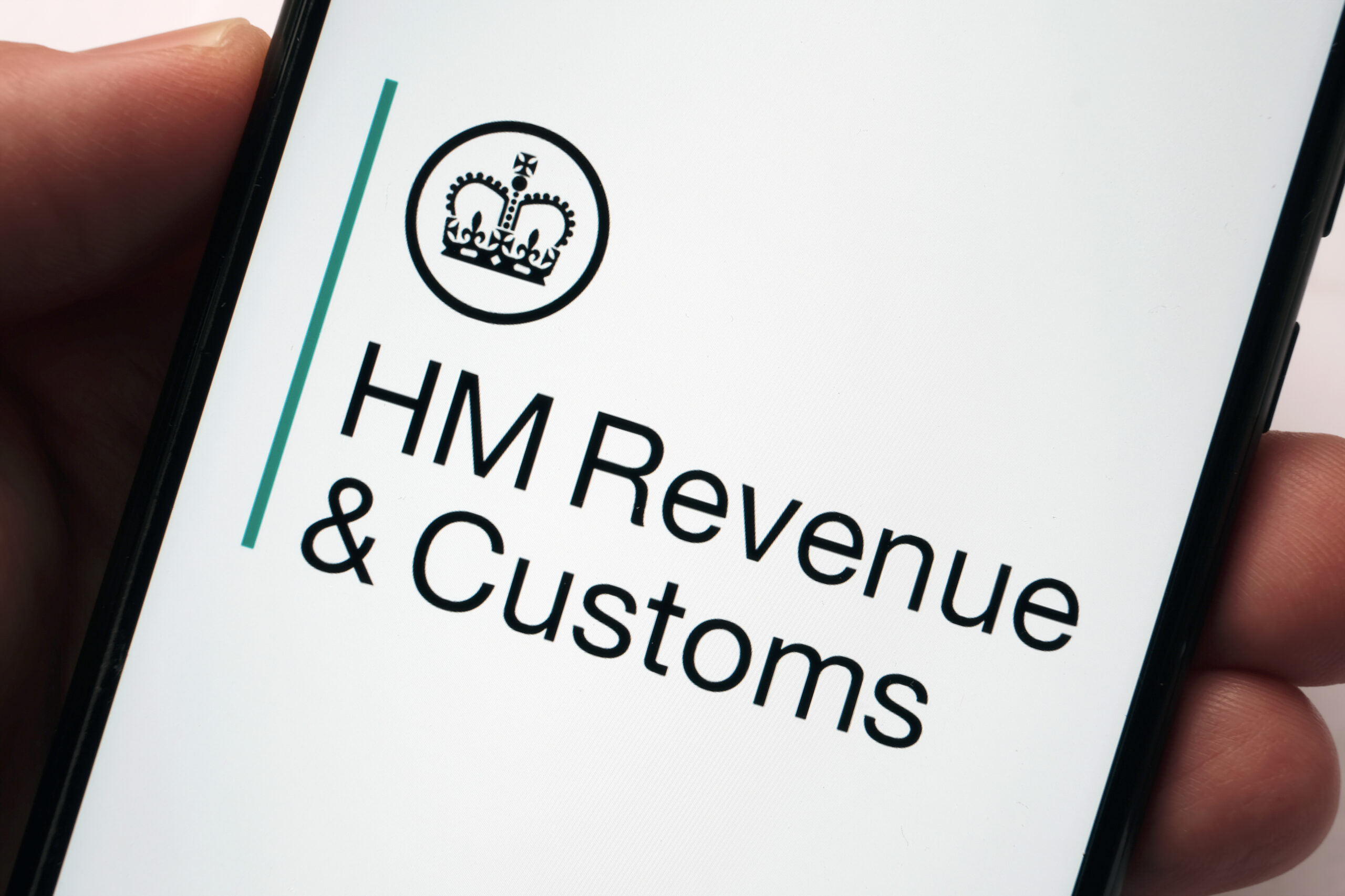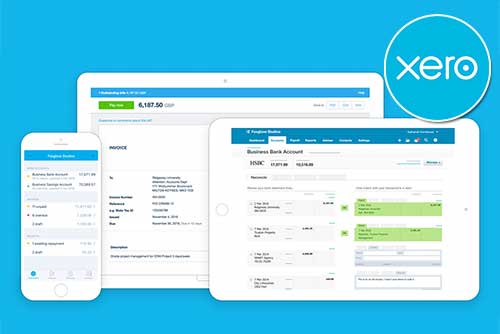How to Calculate Operating Profit
Understanding the financial health of a business is crucial for making informed decisions and assessing its performance. Operating profit, also known as operating income or operating earnings, is a key metric that provides insights into a company’s core profitability before interest and taxes are taken into account. Calculating operating profit involves a straightforward process, yet it holds significant implications for stakeholders, investors, and management.
In this article, we will explore the concept of operating profit and provide a step-by-step approach to calculate it.
What Is Operating Profit?
Operating profit represents the amount of profit a company generates from its core business operations, excluding non-operating expenses such as interest on loans and taxes. It is a fundamental measure of operational efficiency and is often used by investors and analysts to evaluate a company’s ability to generate profits from its primary activities.
Formula and Calculation of Operating Profit
The formula for calculating operating profit is relatively simple:
Operating Profit = Revenue – Cost of Goods Sold (COGS) – Operating Expenses
Components of the Formula:
- Revenue: This includes all income generated from the sale of goods or services. It is the top line of the income statement and represents the total amount of money earned by the company.
- Cost of Goods Sold (COGS): COGS refers to the direct costs associated with producing goods or delivering services. This includes raw materials, labour, and manufacturing overhead. Subtracting COGS from revenue yields gross profit.
- Operating Expenses: Operating expenses are the costs incurred to run the day-to-day operations of the business. This category includes items such as salaries, rent, utilities, marketing expenses, and depreciation. Subtracting operating expenses from gross profit gives us operating profit.
Step-by-Step Guide to Calculating Operating Profit:
- Determine Revenue – Start by identifying the total revenue generated by the company during the specified period.
- Calculate Cost of Goods Sold (COGS) – Next, compute the total cost of goods sold during the same period.
- Calculate Gross Profit – Subtract the COGS from the total revenue to calculate the gross profit.
- Identify Operating Expenses – Determine the total operating expenses incurred by the company.
- Subtract Operating Expenses – Finally, subtract the total operating expenses from the gross profit to arrive at the operating profit.
Interpreting Operating Profit
A higher operating profit indicates that the company is effectively managing its core operations and generating healthy profits. In contrast, a declining or negative operating profit may signal inefficiencies or challenges within the business, such as rising production costs, declining sales, or ineffective cost management.
Comparing operating profit margins across similar companies or industry averages can provide valuable insights into a company’s competitiveness and profitability relative to its peers.
The Importance of Operating Profit in Business
Indicator of Operational Efficiency
Operating profit measures the profitability of a company’s core business activities, excluding non-operational expenses such as interest and taxes. It serves as a barometer of operational efficiency and management effectiveness.
Focus on Core Business Performance
By excluding non-operating expenses from the calculation, operating profit allows stakeholders to focus solely on the performance of the company’s core business activities. This provides a clear picture of how well the company is executing its primary functions, such as producing goods or delivering services, without the distortion caused by external factors like financial leverage or tax liabilities.
Basis for Decision Making
Operating profit serves as a key metric for decision-making processes within a business. Management can use it to assess the effectiveness of various strategies, such as cost-cutting initiatives, pricing strategies, and resource allocations. Investors and creditors also rely on operating profit to evaluate the company’s profitability potential and make investment or lending decisions.
Forecasting and Planning
By projecting future revenues, costs, and expenses, businesses can estimate their expected operating profit and use this information to set performance targets, allocate resources efficiently, and develop strategic plans for future growth and profitability.
Risk Management
Analysing trends in operating profit over time can help identify potential risks and challenges facing a business. A declining or negative operating profit may indicate underlying issues such as declining sales, rising production costs, or competitive pressures. By proactively addressing these challenges, businesses can mitigate risks and safeguard their long-term viability.
Operating Profit vs. Other Profit Measures
Operating Profit vs. Gross Profit
Gross profit, calculated by subtracting the cost of goods sold (COGS) from total revenue, provides an initial snapshot of a company’s profitability. It essentially reflects the efficiency of production and pricing strategies. However, it doesn’t account for the operational expenses involved in running the business.
On the other hand, operating profit subtracts operating expenses, depreciation, and amortisation from the gross profit. This gives a more comprehensive view of a company’s profitability, as it factors in the costs of day-to-day operations.
Operating Profit vs. Net Profit
While operating profit is a measure of the profits generated from the company’s primary business activities, excluding the impact of financing costs and tax expenses, net profit is the residual income left after all expenses, including interest and taxes, have been deducted from the total revenue.
It’s crucial to understand that a company with a high operating profit may still report a low or negative net profit if it has substantial non-operating expenses, such as high-interest payments or large one-time charges.
Operating Profit vs. EBITDA
Operating profit is a measure of a company’s profitability from its core operations, excluding interest and taxes. On the other hand, EBITDA, which stands for Earnings Before Interest, Taxes, Depreciation, and Amortisation, adds back depreciation and amortisation to the operating profit, providing a clearer picture of the company’s cash flow.
The Bottom Line
Operating profit is a critical metric that provides a clear picture of a company’s core business profitability. It’s a measure that strips away the noise of non-operating expenses and income, focusing solely on the costs and revenues directly related to the business’s operations. This makes it a more accurate and reliable indicator of a company’s health and performance.





















